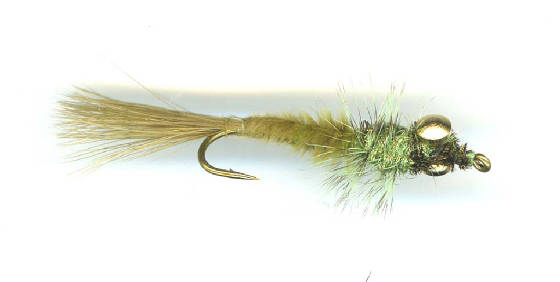Welcome to River Magic
Stillwater Slim on the Line ... April 26, 2011
|
 Fish Farms & Lobster
We hear that a scouting party from Cooke Aquaculture recently visited Canso searching for new fish farm sites. We know that fish farms have caused devastating declines to wild Atlantic salmon populations in Scotland, Norway and, closer to home, our Bay of Fundy. A major aquaculture by-product is huge clouds of sea lice that kill juvenile wild salmon (smolts) leaving streams for the ocean. But LOBSTER?
The Atlantic Salmon Federation’s publication, the Atlantic Salmon Journal, recently printed an article called “Fundy Feedlots” by Ted Williams. Here’s part of the article that deals with interaction between fish farms and the lobster fishery.
“In an effort to combat sea lice, the industry bathes salmon in pesticide cocktails that target crustaceans, because that’s what sea lice are. For years salmon farmers depended on a relatively benign treatment called Slice® that is added to salmon feed; but the lice developed immunity. Now salmon farmers run their fish through toxic solutions contained in “well-boats,” then dump the contents into the sea.”
“Unfortunately, lobsters are crustaceans, too; and the pesticides can kill them, along with crabs and other important organisms in the marine ecosystem. In November 2009, hundreds of dead and dying lobsters contaminated with the illegal sea-louse poison Cypemethrin began turning up in pots off Pocologan, New Brunswick and near Deer and Grand Manan Islands. This precipitated a search warrant and a coordinated, 29-agent raid by Environment Canada at eight facilities owned by Cooke Aquaculture. At this writing four investigations are underway.”
“While Cypermethrin is illegal for general sea-lice control in Canada, some of its equally dangerous and non-selective relatives are not. “That’s something the public needs to understand,” says Matthew Abbot, coordinator for the Conservation Council of New Brunswick’s Fundy Baykeeper Project. “It’s not as if sea-louse pesticides are magically safer just because Health Canada has approved their use.”
“Abbot points out that Canada’s Fisheries Act makes it unlawful to deposit deleterious substances such as pesticides in water and proscribes the killing of fish and crustaceans by means other than fishing. So the Council contends that salmon farming, as practiced in Canada, contravenes federal law. But the Department of Fisheries and Oceans is conflicted; in addition to regulating aquaculture, it promotes it. Abbot believes the agency is moving to exempt pesticides approved for sea lice by Health Canada from the Fisheries Act. “That’s a real concern to us,” he declares. “The regulator sees an industry violating the law, so instead of enforcing the law it changes it. That change would push Environment Canada out of the picture; and that’s the only body we’ve seen do anything on the lobster issue.”
“There is no question that salmon farms have had a major role in the near extirpation of Atlantic salmon from the Bay of Fundy. Historically, there may have been something like 100,000 wild fish returning to about 50 rivers. Today, there are under 5,000; and if you don’t count the Saint John, under 1,000. The Committee on the Status of Endangered Wildlife in Canada recommends that all wild salmon stocks in the bay be designated endangered under the Federal Species at Risk Act.”
“The crash appears to be feeding on itself by exacerbating pesticide resistance in sea lice. If the Bay of Fundy supported natural numbers of salmon, thousands of unexposed lice would be arriving, and they’d pass on non-immunity to lice infesting salmon farms. “This process may be underway in areas where lice show less resistance and where there are more wild salmon,” remarks Dr. Fred Whoriskey, formerly with ASF and now director of the Ocean Tracking Network at Dalhousie University in Halifax. “Rivers like the Magaguadavic, right in the center of the salmon-farming industry, have fallen from 1,000 fish per year to as low as two. So here the industry is cycling within itself—a recipe for building resistance.”
People get ready: Aquaculture’s appetite can’t be satisfied! The industry has shown little regard for wild salmon. Why treat lobsters differently? Bill Williams of Sheet Harbour, one of Nova Scotia’s finest commercial fly tyers, created a dragon fly nymph that looks very much alive, a real mouthful for a big trout.
Bill’s Dragon Nymph
Hook – Mustad 9672 or River Magic Streamer hooks, sizes 8 – 4 Thread – Olive GSP 75 denier Tail - Olive soft hen hackle fibers Body – 1/2 olive marabou fibers twisted & wrapped (rear), ¼ olive Ice Dub hackled with grizzly cock saddle dyed green, and ¼ peacock herl over Groovy Eyes (front) Head - Olive thread finished with 2 coats of Pro Lac head cement
Please send comments and suggestions to slim@rivermagic.ca
Please stay on the line … |